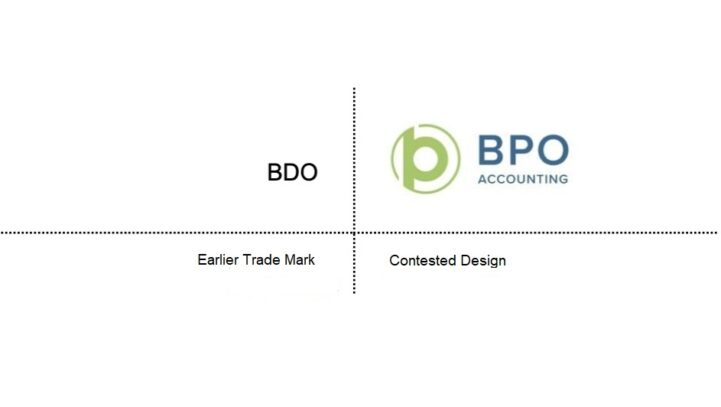IP Consulting Ltd. represented their client, “бпо България” ЕООД, in the EUIPO Opposition No B 3 189 913. The case involved an opposition filed by Stichting BDO against the European Union trade mark application No 18 790 922 (figurative mark), which was based on the earlier European Union trade mark registration No 2 419 778 for the mark ‘BDO’. The opposition cited a likelihood of confusion under Article 8(1)(b) EUTMR.

EUIPO’s Opposition Division examined the case thoroughly.
It ruled that there was a low degree of visual and aural similarity between the contested trade marks.
Specifically, the marks coincided in the letters ‘B*O’ but differed in their respective middle letters ‘D’ and ‘P’. This was considered a notable difference given the shortness of these verbal elements. Additionally, the signs differed in the secondary element ‘ACCOUNTING’ of the contested sign and the initial figurative device, which leads to a low degree of visual and aural similarity.
Conceptually, for part of the public that does not understand the term ‘ACCOUNTING’, neither of the signs has a meaning. Thus, a conceptual comparison becomes irrelevant. For those who do understand ‘ACCOUNTING’, the trade marks were found to be conceptually dissimilar, although this was of limited relevance as the term is non-distinctive.
The Opposition Division also considered the distinctiveness of the earlier mark ‘BDO’. The opponent claimed that the mark had enhanced distinctiveness due to long-standing and intensive use. However, the evidence provided was insufficient to support this claim. The material submitted did not demonstrate a significant level of public recognition, market share, or promotional efforts sufficient to prove enhanced distinctiveness. As a result, the distinctiveness of the earlier trade mark was deemed to be normal.
In conclusion, the Opposition Division dismissed the opposition in its entirety. This decision highlights the importance of providing robust evidence in opposition cases. It also sets a positive precedent for future cases in the realm of trade mark opposition.

